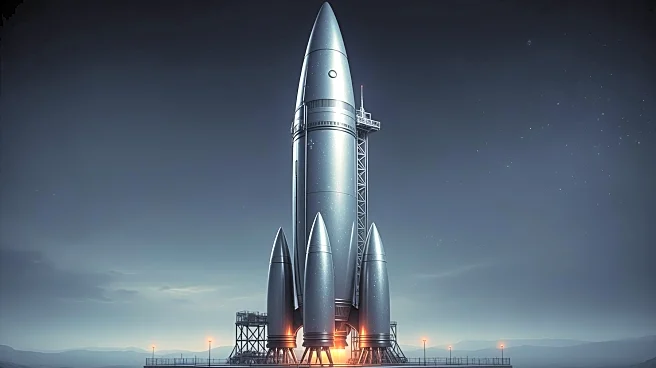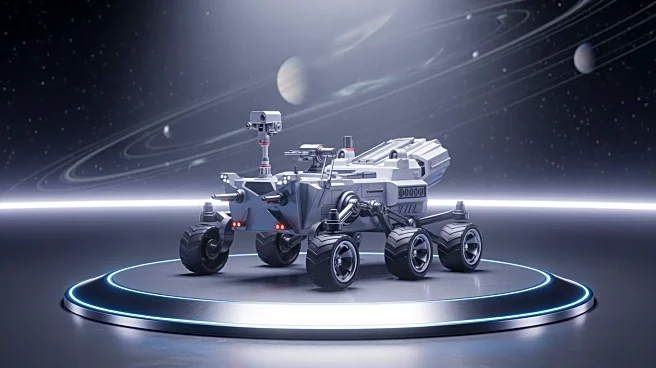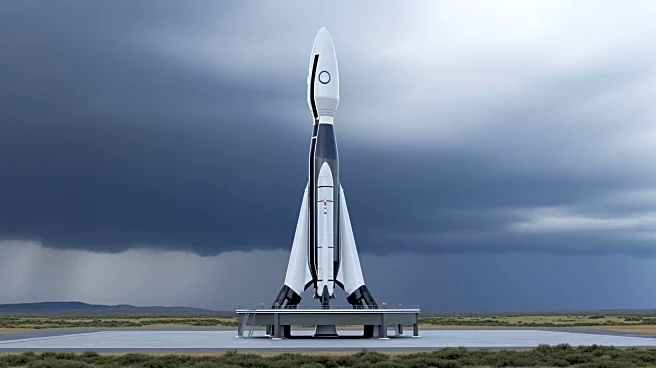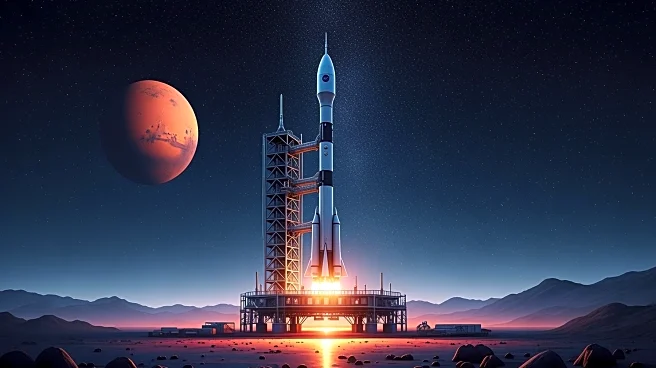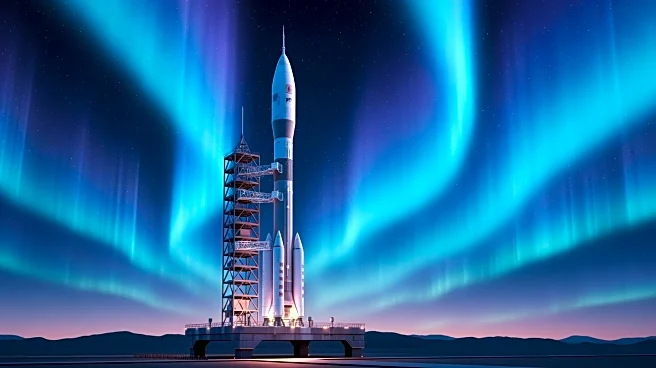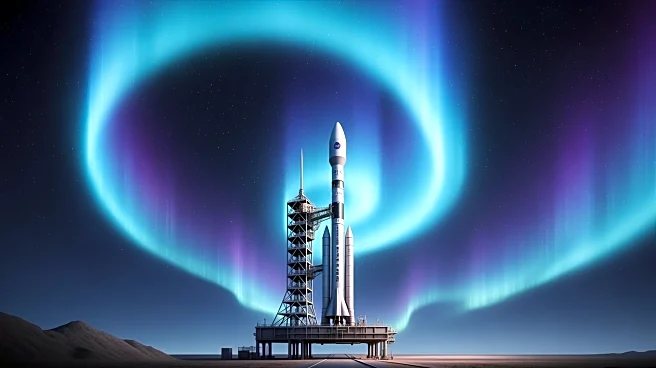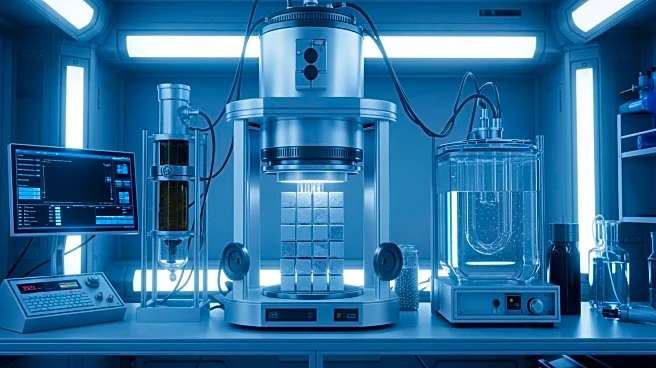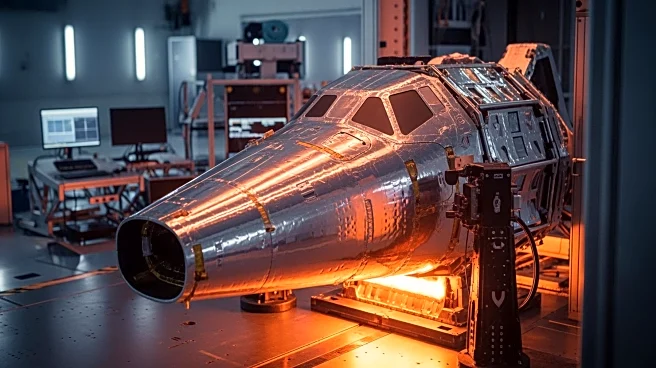What's Happening?
SpaceX's Starship program has completed 11 test flights in 2025, facing both successes and setbacks. The program aims to develop a fully reusable launch vehicle capable of interplanetary travel. Despite technical challenges and regulatory delays, SpaceX continues
to push for rapid iteration and reusability. The Starship Human Landing System for NASA's Artemis program is advancing, with test flights planned for 2026. Elon Musk has expressed optimism about reaching Mars by 2026, although the program has fallen short of its initial test flight goals.
Why It's Important?
The development of SpaceX's Starship is crucial for advancing human space exploration and achieving long-term goals such as lunar landings and Mars missions. The program's focus on reusability and cost reduction could significantly lower the barriers to space access, enabling more frequent and affordable missions. However, the technical and regulatory challenges faced by SpaceX highlight the complexities of pioneering new space technologies and the need for robust testing and validation processes.
What's Next?
SpaceX plans to continue refining the Starship design and addressing technical issues to achieve full reusability. The company is also scaling production with new facilities and exploring simplified mission profiles to accelerate lunar landings. As the program progresses, collaboration with NASA and other stakeholders will be key to overcoming regulatory hurdles and ensuring successful mission outcomes. The industry will be watching closely as SpaceX aims to achieve operational deployments and expand its capabilities.
Beyond the Headlines
The ambitious goals of the Starship program reflect broader trends in private spaceflight, challenging traditional aerospace players and driving innovation in the sector. The focus on reusability and sustainability aligns with global efforts to reduce the environmental impact of space activities. As SpaceX continues to push boundaries, the program's success could redefine the future of space exploration and inspire new generations of engineers and scientists.
